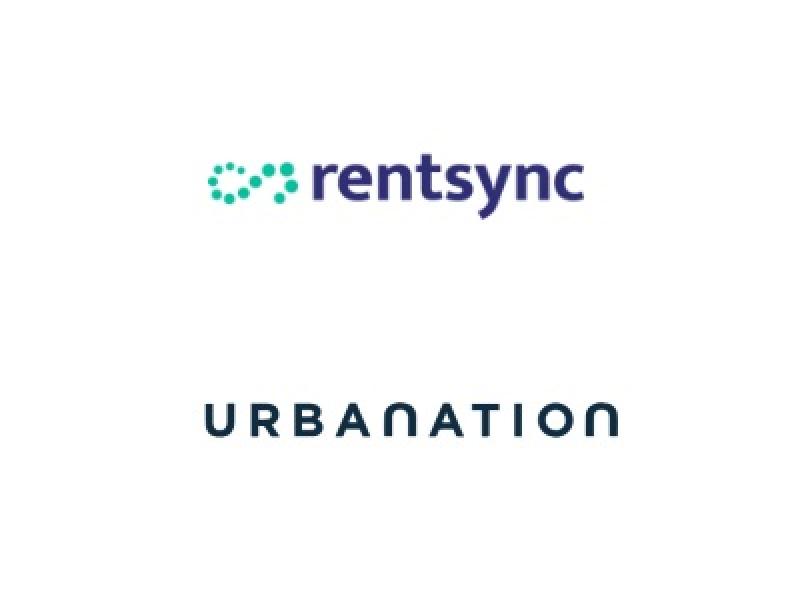All of these statements are true:
* Canada’s larger cities continue to grow;
* This is driving the need for more grade-separated transit to accommodate that growth and manage chronic traffic congestion;
* Money doesn’t grow on trees (unless avocados count).
Who will foot the bill for the tens of billions of dollars in transit expansion that is underway and planned across the country?
Take Ottawa. Stage 1 of its LRT build (its operating performance to date notwithstanding) cost $2.1 billion. Construction for Stage 2 is already underway, at a price of $4.66 billion. Considering the cost for Stage 2 was pegged at only $3.4 billion not so long ago, any attempt to accurately forecast the cost of Stage 3 at this point is approximate at best.
In Toronto, four subway projects are in the works, with a combined price tag of almost $29 billion. In Alberta, the City of Calgary faces uncertainty about the reliability of provincial funding for its $5-billion transit expansion plans.
Transit taxes on the rise
And so on.
The big cities across Canada are struggling to address growing populations and issues with having to move more people from Point A to Point B as quickly and as efficiently as possible.
Whether it is by bus or by rail, there is a growing need for more grade-separated transit, because continuing to mix transit on the same asphalt as personal motor vehicles is a recipe for increasingly acute gridlock.
Municipal politicians are by nature loath to put the costs for grade-separated transit only on the shoulders of local property owners. We continue to see these projects sibsidized by provincial and federal governments, but that is not something on which municipalities can always depend.
In addition to the Calgary example above, take the City of Ottawa.
Last spring, Ontario’s Ford government cancelled a commitment made by the preceding Liberal government to double the gasoline tax transfer to municipalities.
The city had worked this additional funding into its budget to cover infrastructure repair. When the Ford government backtracked, it left a $35-million hole in the city’s transit budget.
Now, when LRT expansion is measured in billions of dollars, $35 million may seem like small potatoes. But, someone still has to make up the difference. The only money tree available is the local taxpayer.
What was going to be a transit tax increase of 3.5 per cent on 2020 property tax bills will now be 6.4 per cent. For the average Ottawa homeowner, $42 of a $109 annual property tax increase will be for transit.
It bears noting the average tax increase for an Ottawa homeowner is three per cent.
CRE pays more than residential
Even if a provincial government and the feds can be relied on to always pitch in two-thirds of the cost, that total cost is rising, sometimes by leaps and bounds. When it comes to a municipality’s costs, commercial properties routinely shoulder a greater share per dollar of assessment than do residential properties.
That transit tax in Ottawa (and, I expect, most everywhere else) is calculated based on a rate. The higher the assessed value of your property, the higher the proportional amount of transit tax you pay (along with your share of all the other city services).
Take this example from a property tax bill for a commercial office building on Ottawa’s Richmond Road. This is a property assessed at $19.6 million; its property tax bill is $643,000 and of that total $71,000 is transit tax (or about 11 per cent).
This is not insignificant.
Reliable and efficient transit is good for all the residents of cities and good for business owners, as it makes it easier for people to get to work and for customers to visit.
Transit is one of the key economic drivers, but it must still be paid for. User fees – the price at the turnstile to use that bus or train – can only increase so much, so fast, especially when people are complaining about service issues.
Is your share fair?
So what does all this mean for you, the commercial property owner?
I have said many times that taxation is the price of freedom, but we should only be expected to pay our fair share relative to our peers (or neighbours with comparable properties).
It is always contingent on you as a property owner to ensure your property assessment makes sense and that there are no errors that have you paying more than you should.
Because when you do, you are essentially giving a subsidy or a tax rebate to a neighbour who may very well be a competitor. This is a cut from your profit margin.
In the context of transit, it also means you’re shouldering more than your fair share of the cost for that new LRT system, or bus lane.
How charitable of you.
For a municipality, revenue from property taxes is generally reliable and predictable and it’s unlikely a feasible replacement will be found.
This means the local tax base – and to a large extent, the local commercial tax base – will continue to fund a lot of the transit needs in each of Canada’s major cities.
The dollar amount is destined to increase – perhaps significantly so – in the coming years.
The least you can do is make sure, for your own sake, that your property assessment is accurate, equitable and fair and the share you are asked to pay is the right one.
To discuss this or any valuation topic in the context of your property, please contact me at jclark@regionalgroup.com. I am always interested in your feedback and suggestions for future articles.







